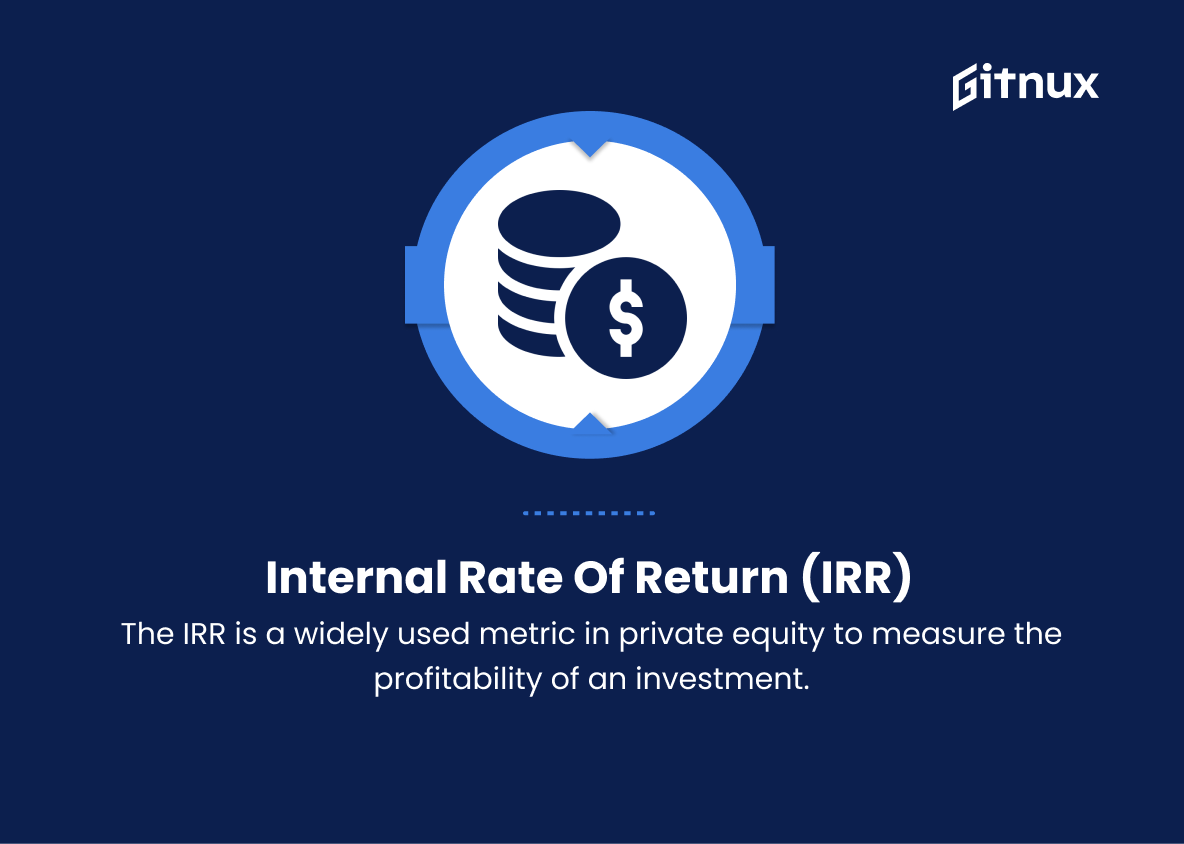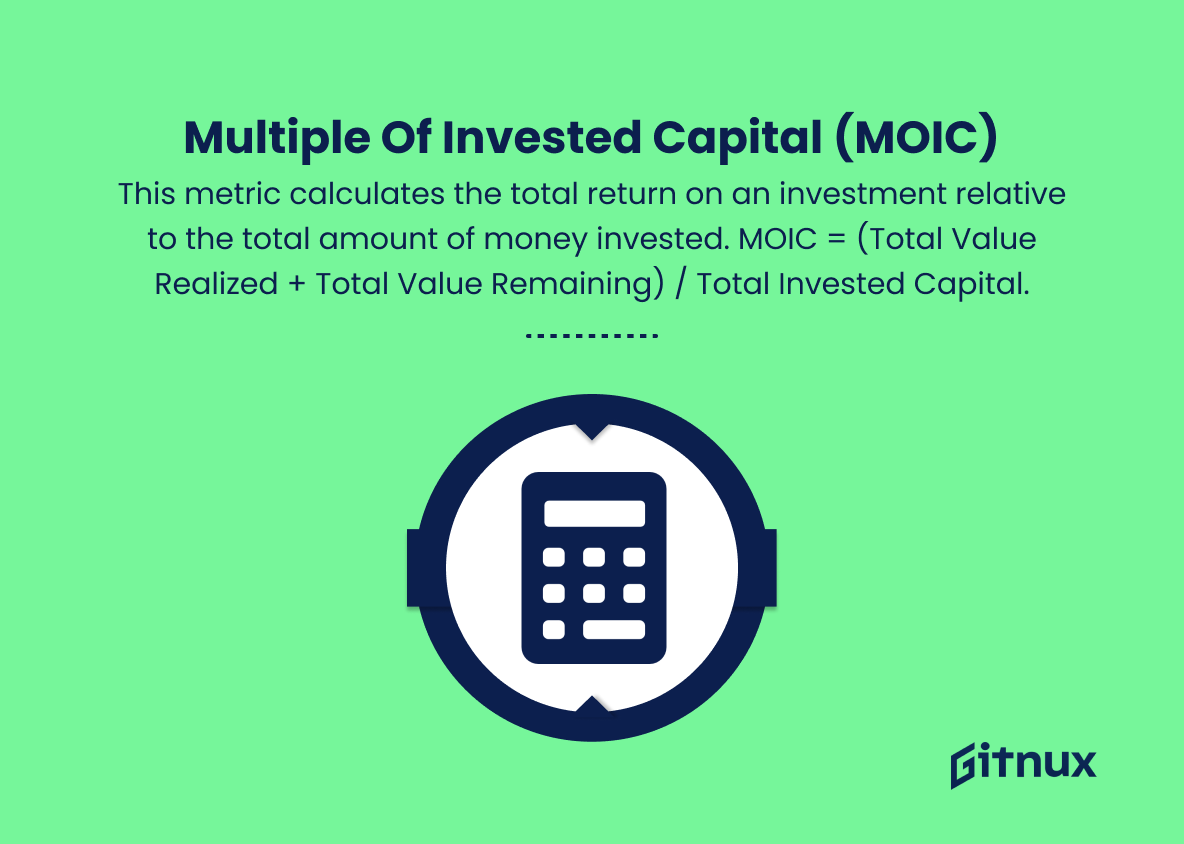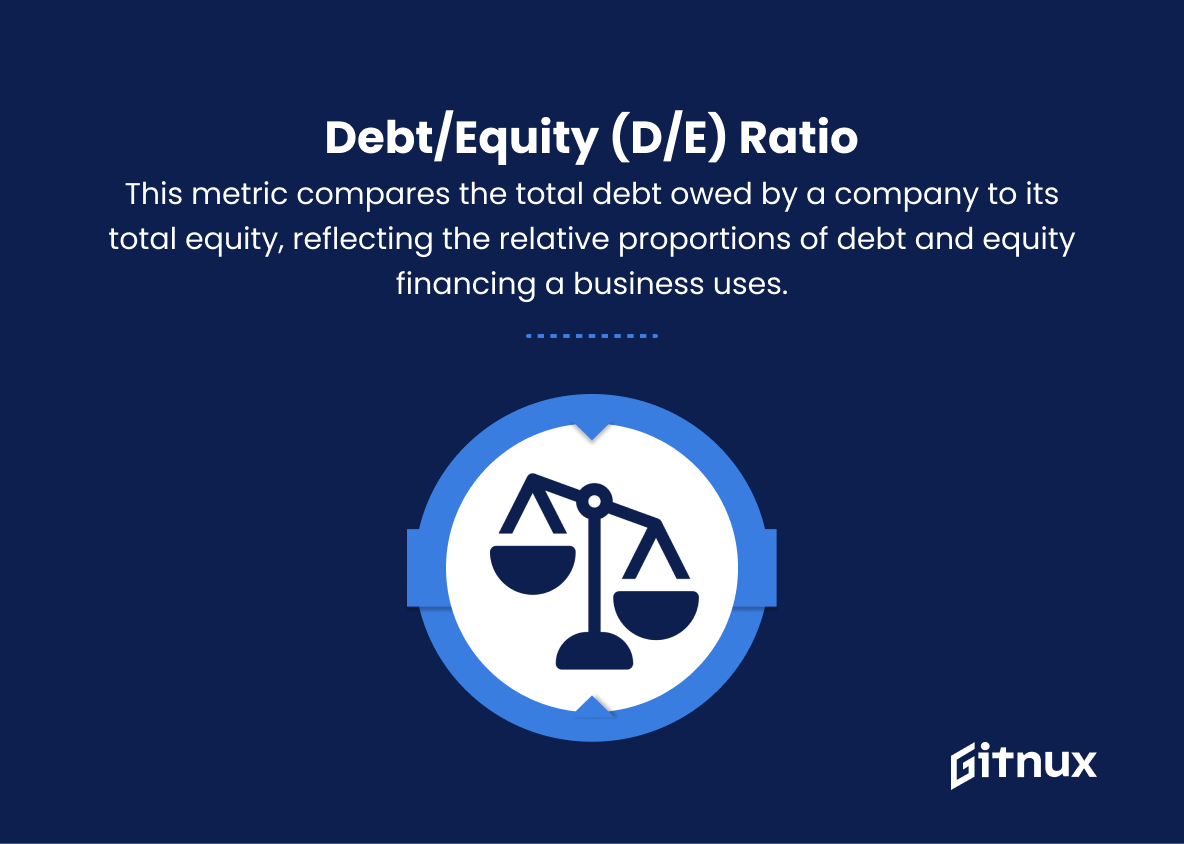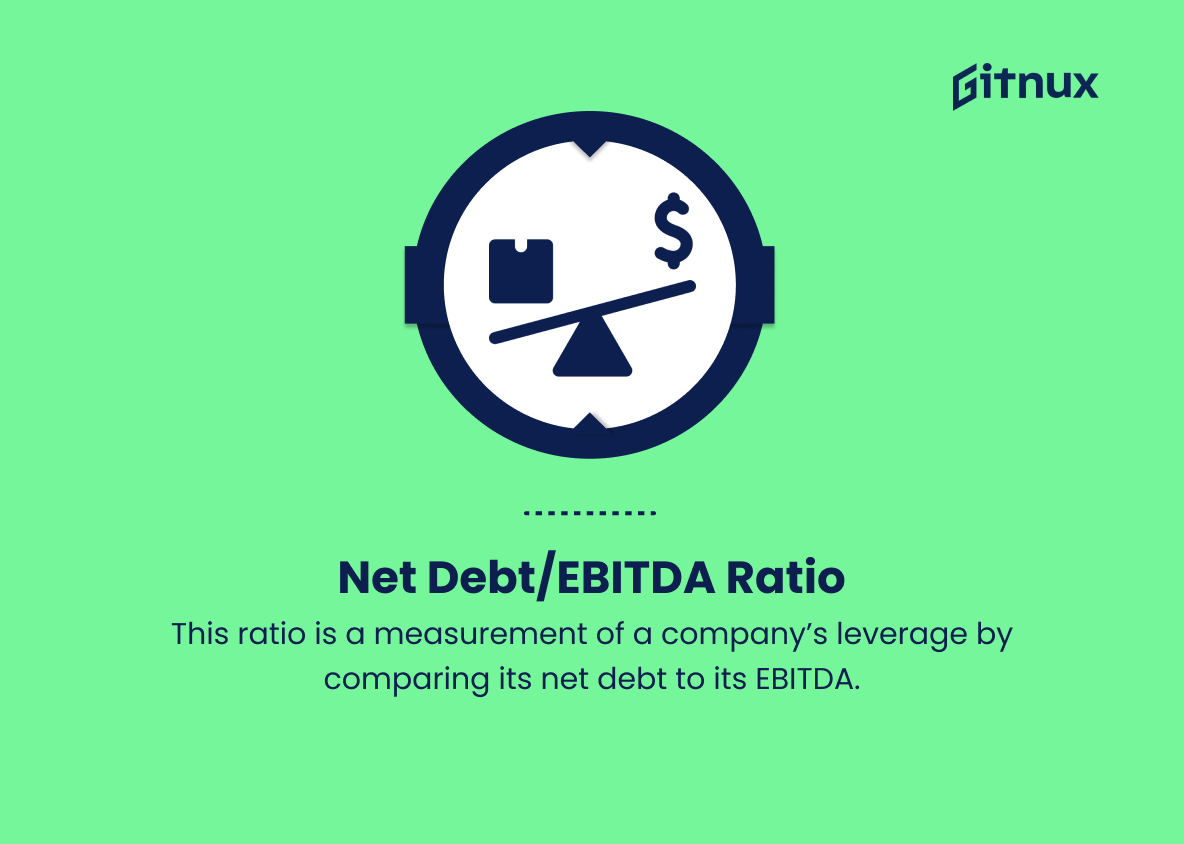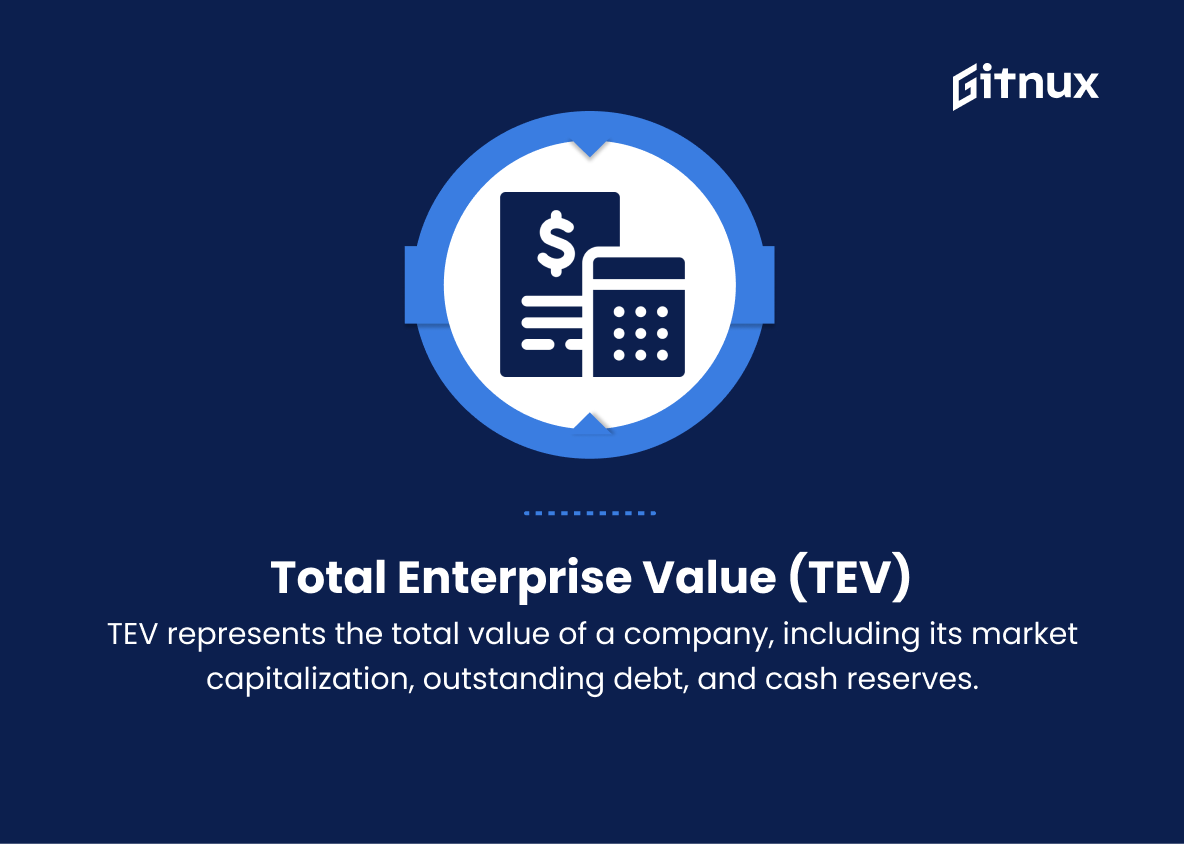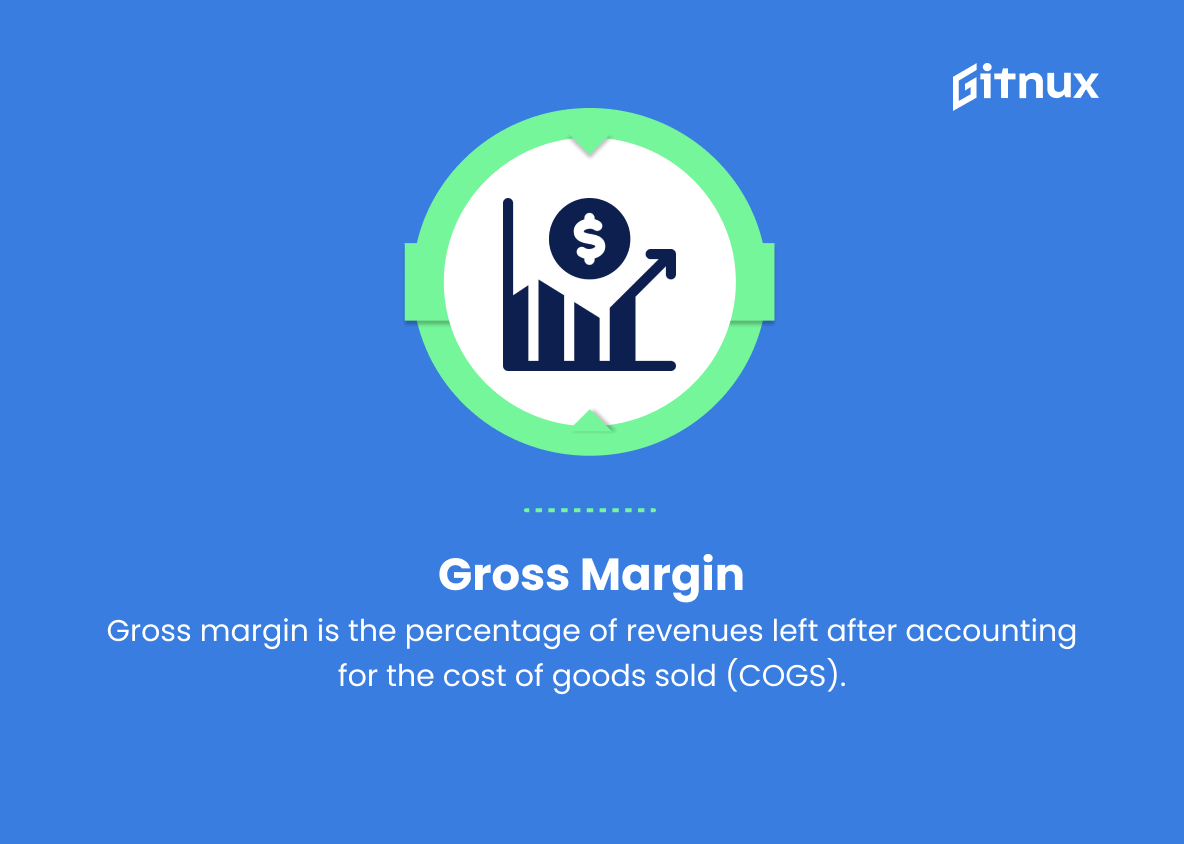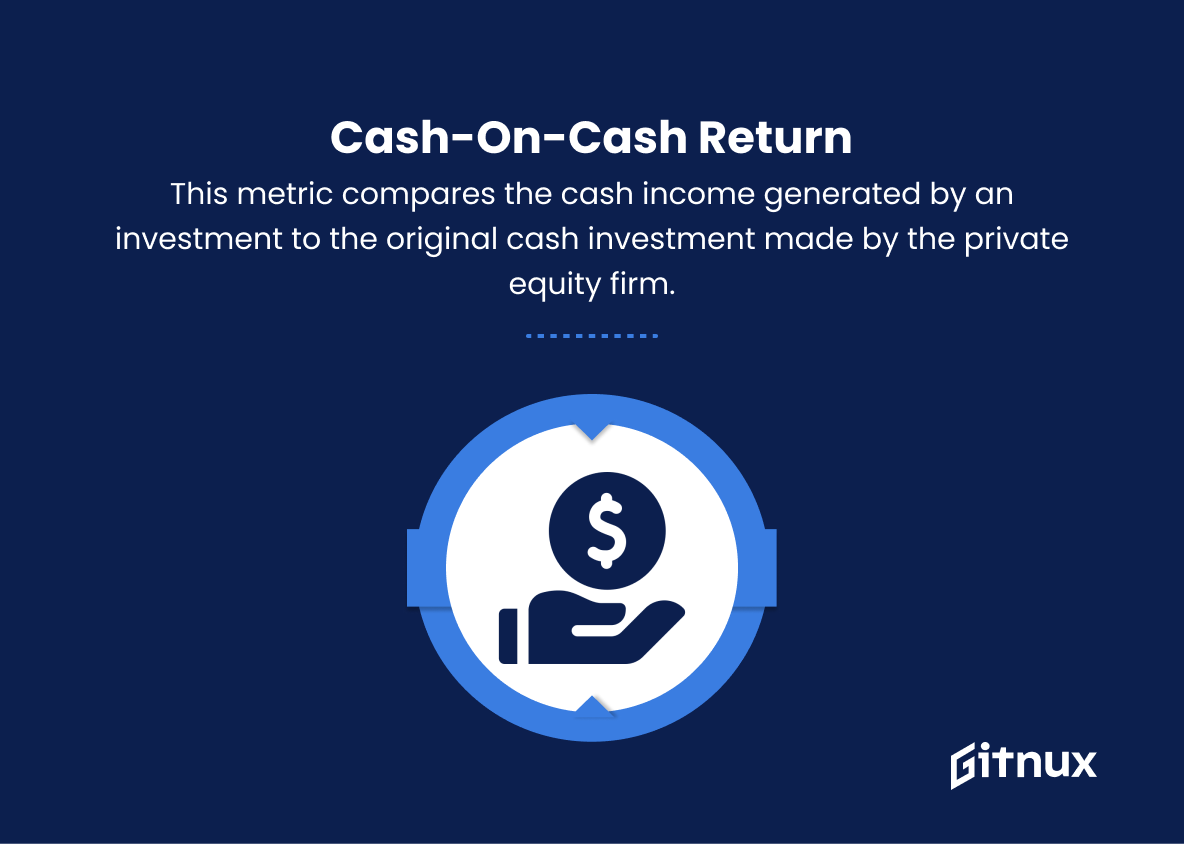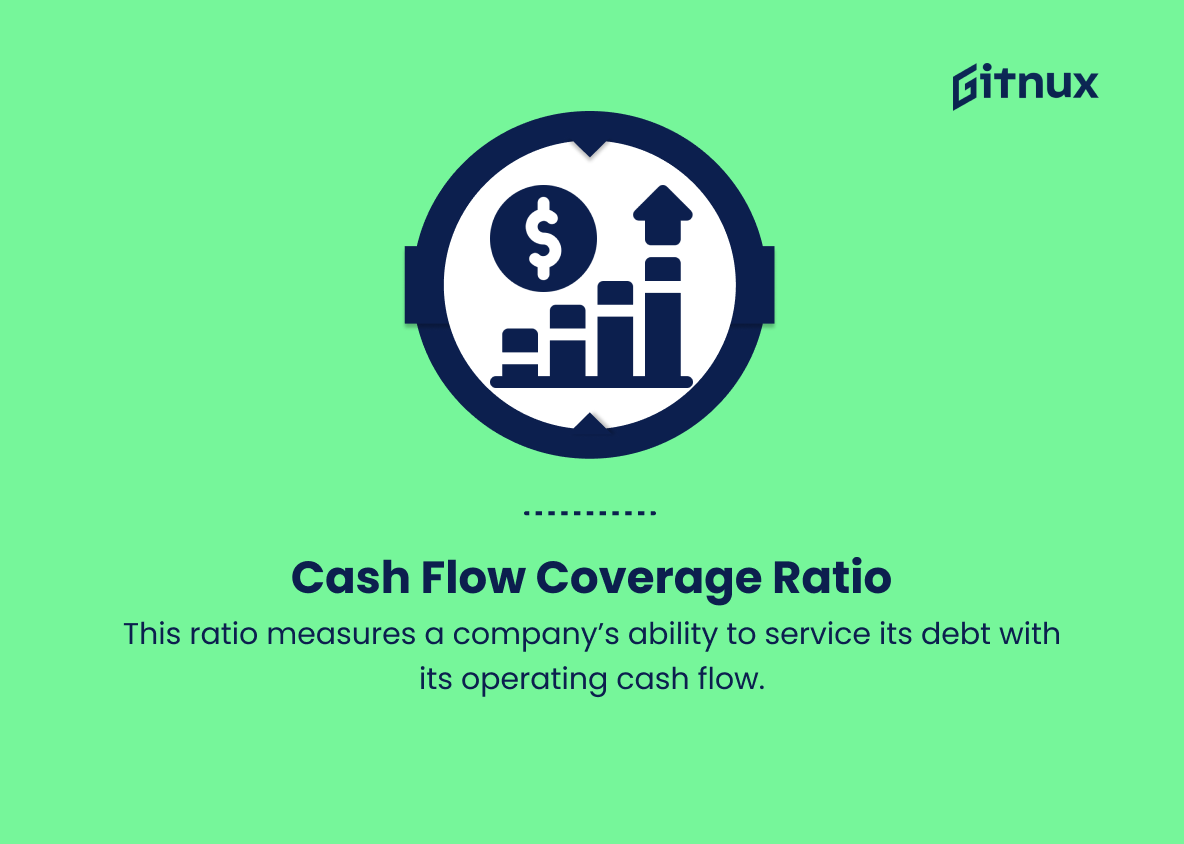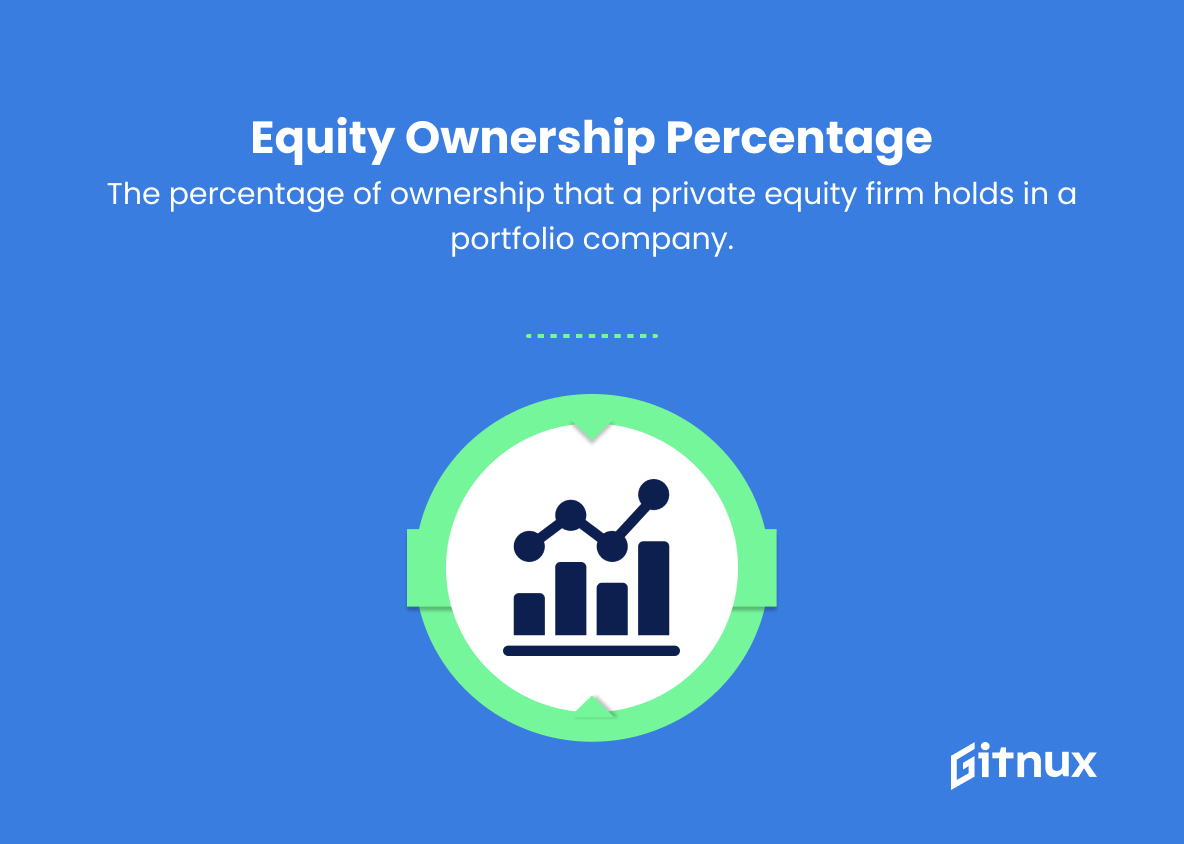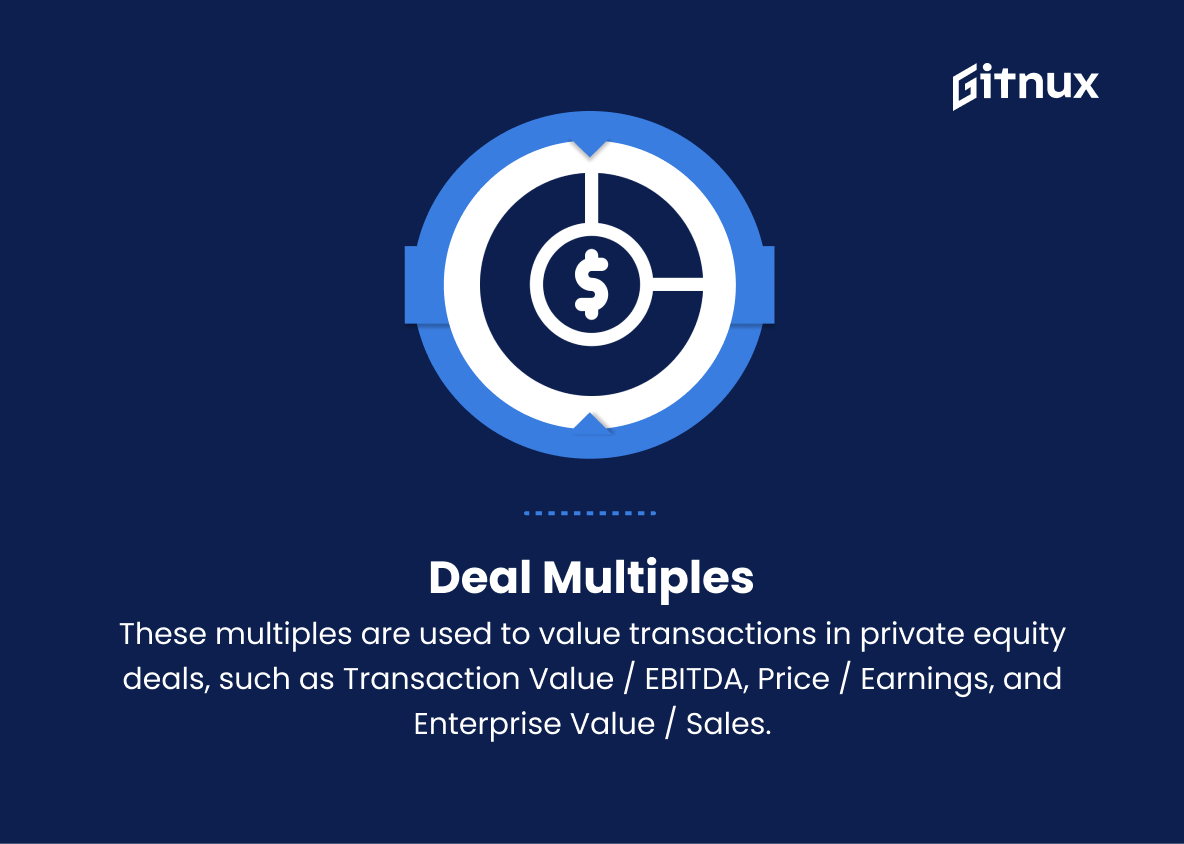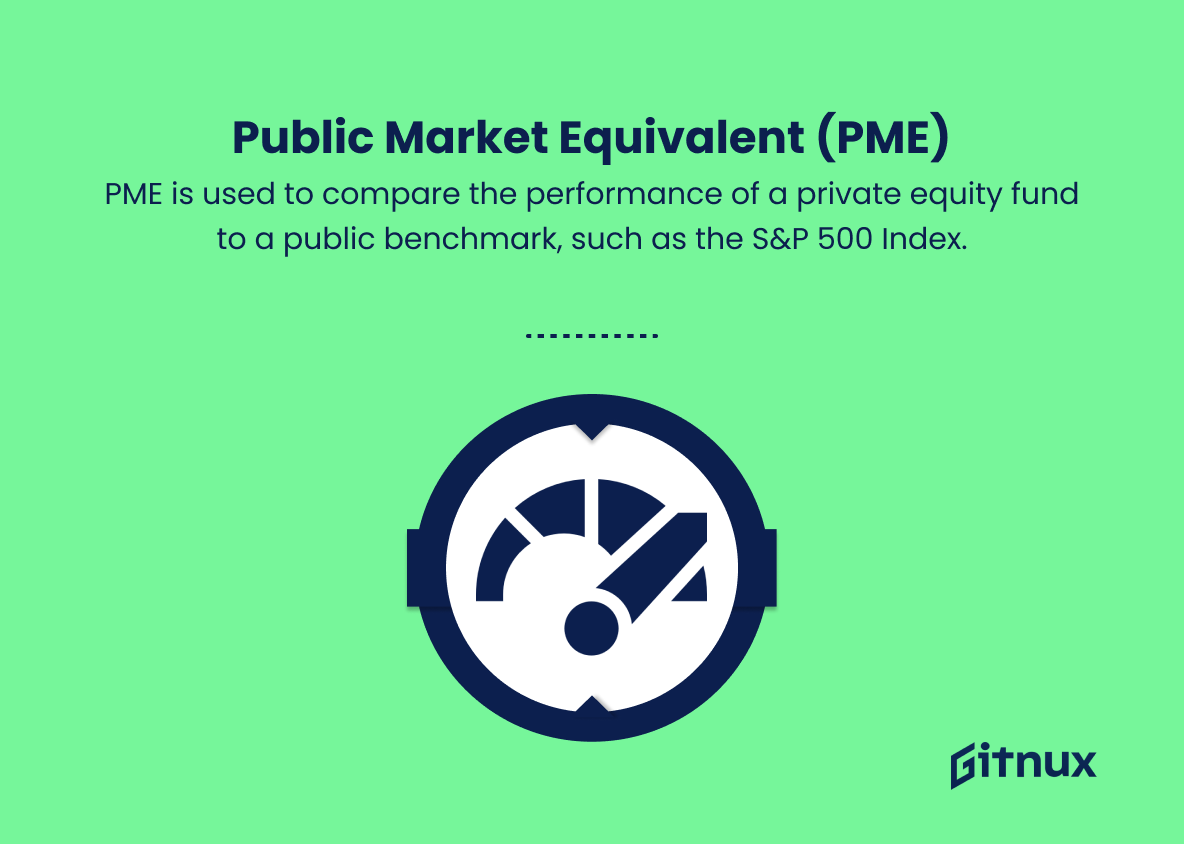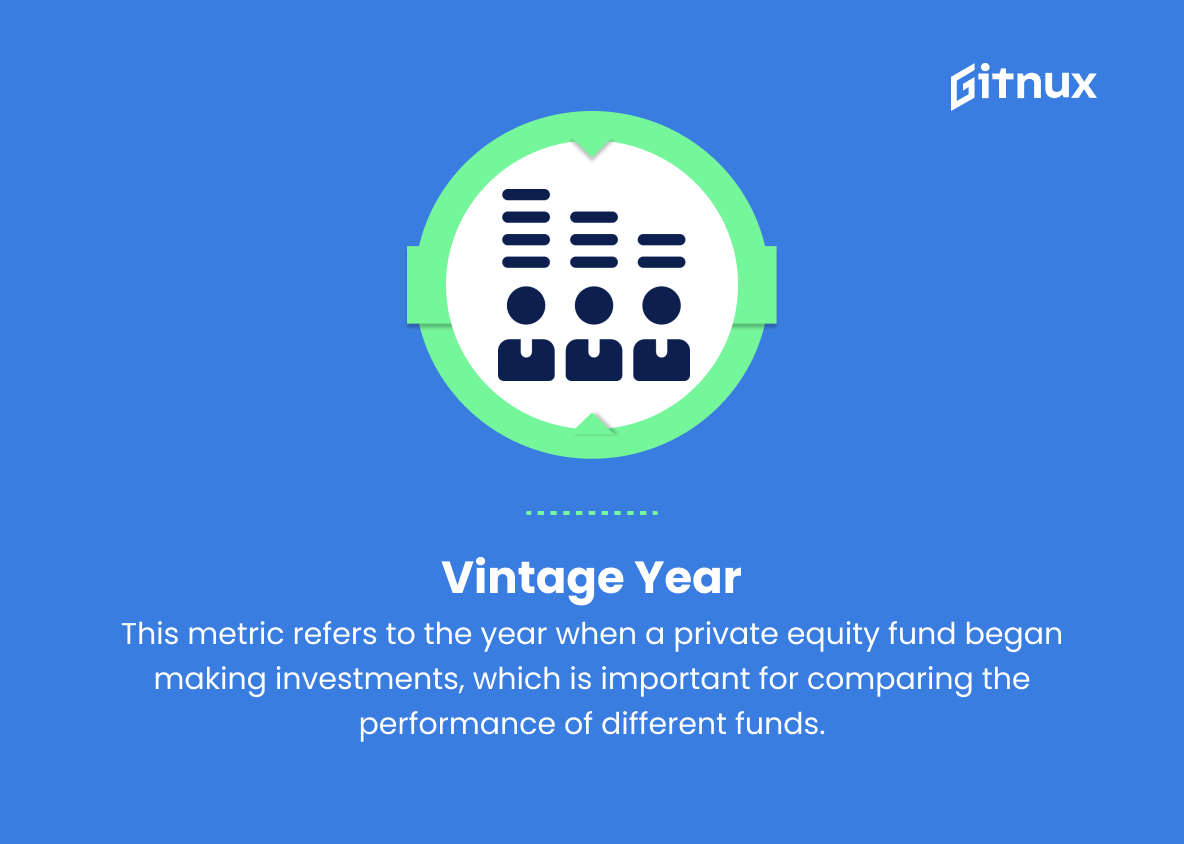In the highly competitive world of private equity, investors, fund managers, and analysts alike are consistently seeking an edge when it comes to evaluating and optimizing their investments. A crucial component to achieving success in this industry lies in understanding and utilizing key performance indicators (KPIs) and metrics.
In this blog post, we delve into essential private equity metrics, offering a comprehensive guide to measuring the performance of investments, analyzing trends, and identifying new opportunities, ultimately helping you stay ahead of the curve in this dynamic landscape. Prepare yourselves for an enlightening journey through the intricate world of private equity metrics, leaving no stone unturned to ensure a clear and complete understanding of how these performance indicators drive investment decisions in the cutthroat world of private capital.
Private Equity Metrics You Should Know
1. Internal Rate of Return (IRR)
The IRR is a widely used metric in private equity to measure the profitability of an investment. It is the annualized return that equates the present value of an investment’s cash inflows with its outflows.
2. Multiple of Invested Capital (MOIC)
This metric calculates the total return on an investment relative to the total amount of money invested. MOIC = (Total Value Realized + Total Value Remaining) / Total Invested Capital.
3. Earnings Before Interest, Taxes, Depreciation, and Amortization (EBITDA)
A financial measure used to evaluate a company’s operating performance by analyzing earnings before taking into account interest, taxes, depreciation, and amortization expenses.
4. Debt/Equity (D/E) Ratio
This metric compares the total debt owed by a company to its total equity, reflecting the relative proportions of debt and equity financing a business uses.
5. Net Debt/EBITDA Ratio
This ratio is a measurement of a company’s leverage by comparing its net debt to its EBITDA. It helps private equity investors assess how many years a company needs to repay all its debt from its earnings.
6. Loan to Value (LTV) Ratio
The LTV ratio measures the value of a loan against the value of an asset. It is commonly used in assessing the risk associated with collateralized loans.
7. Total Enterprise Value (TEV)
TEV represents the total value of a company, including its market capitalization, outstanding debt, and cash reserves. This metric is commonly used in valuing acquisitions and investments.
8. Revenue Growth Rate
A company’s percentage increase in revenue on a year-over-year or quarter-over-quarter basis.
9. Gross Margin
Gross margin is the percentage of revenues left after accounting for the cost of goods sold (COGS). It measures a company’s efficiency in producing its products.
10. Cash-on-Cash Return
This metric compares the cash income generated by an investment to the original cash investment made by the private equity firm.
11. Cash Flow Coverage Ratio
This ratio measures a company’s ability to service its debt with its operating cash flow. It is calculated as Net Operating Income / Total Debt Service.
12. Equity Ownership Percentage
The percentage of ownership that a private equity firm holds in a portfolio company.
13. Deal Multiples
These multiples are used to value transactions in private equity deals, such as Transaction Value / EBITDA, Price / Earnings, and Enterprise Value / Sales.
14. Public Market Equivalent (PME)
PME is used to compare the performance of a private equity fund to a public benchmark, such as the S&P 500 Index. It calculates the ratio of the present value of cash inflows relative to the public benchmark’s return.
15. Vintage Year
This metric refers to the year when a private equity fund began making investments, which is important for comparing the performance of different funds.
16. Fund Diversification
A measure of the variety of investments within a private equity firm’s portfolio helps in spreading risks and maximizing returns.
17. Cash Flow from Operations (CFO)
CFO indicates the cash generated by a company’s normal business operations, crucial in evaluating a company’s financial health and operating efficiency.
Remember that these metrics should be used in conjunction with one another to form a holistic view of a private equity investment’s performance and potential.
Private Equity Metrics Explained
Private Equity Metrics are essential tools for assessing the profitability, value, and risk associated with investments in the private equity space. Key metrics such as Internal Rate of Return (IRR) and Multiple of Invested Capital (MOIC) provide insight into the annualized returns and overall return on investments, helping investors gauge the success of their ventures.
Evaluating a company’s financial health, through metrics such as EBITDA, Debt/Equity Ratio, and Net Debt/EBITDA Ratio, enables investors to understand the company’s operating performance and ability to generate profits. Additionally, metrics like Loan to Value (LTV) Ratio, Total Enterprise Value (TEV), Revenue Growth Rate, and Gross Margin assist in assessing the risk and value associated with loans and potential acquisitions.
To ensure returns are maximized, investors can analyze their equity ownership, deal multiples, public market equivalents, and fund diversification. Finally, using metrics such as Cash-on-Cash Return, Cash Flow Coverage Ratio, and Cash Flow from Operations (CFO) to assess a company’s capacity to service debt and generate cash from everyday operations is crucial for understanding its overall financial health. A combination of these metrics provides a comprehensive view of the performance and potential of private equity investments.
Conclusion
In summary, private equity metrics provide crucial insights into the performance, value, and potential of a company or investment. By evaluating and understanding metrics such as the internal rate of return, cash-on-cash multiple, and total value to paid-in multiple, investors and stakeholders can make informed decisions about their prospective or current investments. While these metrics have their limitations, they serve as essential tools to navigate the complex world of private equity.
As the industry continues to evolve, it is crucial to stay up to date with these metrics and related best practices to maximize returns and minimize risks. Keeping the bigger picture in mind – alongside the company’s objectives and long-term strategy – will ensure that private equity investments are consistently profitable and successful.
